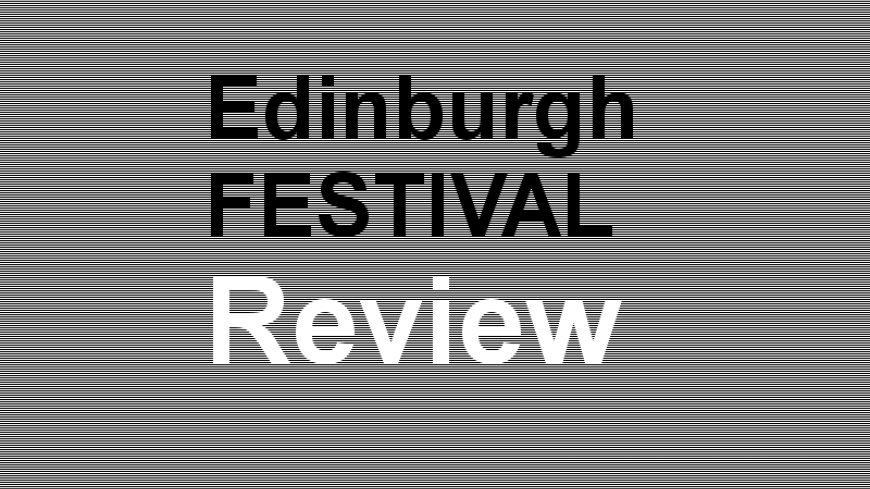
This morning's concert was most instructive. We learned - from a short talk by the group's leader - how long a basset horn would be if straightened out: too long to play comfortably. We learned - from Misha Donat's highly discursive programme note - how Haydn excused his faulty keyboard playing when distracted by a lady's décolletage: "But Countess - who would not be undone at such a sight?"
Nachtmusique
We further learned that Mozart's E flat Serenade K375, one of his three masterpieces for wind ensemble, and always now played by an octet comprising pairs of oboes, clarinets, horns and bassoons, was not originally written for that combination. That is because Mozart hoped to profit from Emperor Josef II's plan in 1781 to form a wind band, and wrongly assumed that band would comprise six players, not including oboes. He wrote the original version of K375 accordingly, and quickly though skilfully revised it when the Emperor decided on eight players.
Today we heard the original version. Nachtmusique's six-man lineup consists of pairs of bassoons, horns, and clarinets - who also double on basset horns. This combination and their repertoire would have been familiar to Mozart, and most of their instruments are also from Mozart's day - for Nachtmusique are a period-instrument ensemble and one of the best. Hence the short talk to introduce the instruments, which included a demonstration from offstage of the horn's carrying power, and one - onstage - of a chromatic scale on horn achieved by hand-stopping.
In the performance of K375 which formed the second part of this programme, two things were especially striking: first, how much variety such a small ensemble can draw from contrasts of colour and dynamics; second, how the sound of these instruments is at times more earthy but also more subtle than modern equivalents. That showed particularly in the Trios from the two Minuets where rasping horns contrasted with mellow clarinets.
And even those points gloss over the fact that to play this music accurately and in tune on instruments over 200 years old takes a very high degree of skill. And they still contrive to convey the beauty of this Serenade's Adagio and the high spirits of its Finale.
Earlier the players had processed in playing a march, then proceeded to show their near-perfect ensemble and balanced blend in extracts from Zauberflöte - arranged by a contemporary of Mozart's, one Johann Christian Stumpf. This ranged from a truncated version of the Overture, impressive on six instruments, through a charming version of Papageno's 'Birdcatcher' song as a clarinet duet, to the sombre sound of basset horns for the priests' music.
Completing the programme were a selection of Mozart duets, beautifully played on each of the instrumental pairs, though the audience were somewhat confused by the order of performance not matching thye programme, the only trio coming last. We were equally confused by the Haydn Divertimento, which was billed in the programme as having lost its Presto finale. But Nachtmusique conjured one from somewhere (uncredited) and it fitted perfectly. Maybe they are musical antiquarians or magicians too.
Music
Mozart (arr. Stumpf): Selections from Die Zauberflöte
Mozart: Duos and Trios from K487, K292, K410
Haydn: Divertimento in F Hob.II:15
Mozart: Serenade in E flat K375
© Jonas Green. 15 August 2007. First published on www.EdinburghGuide.com

